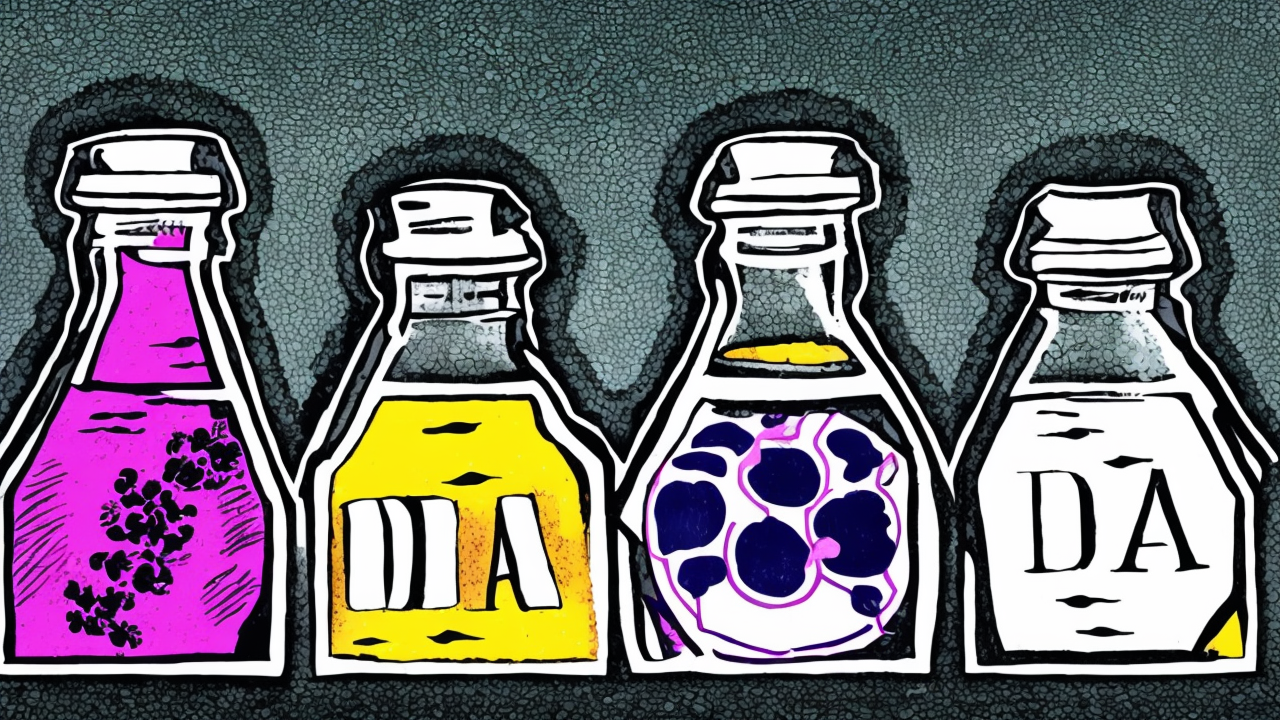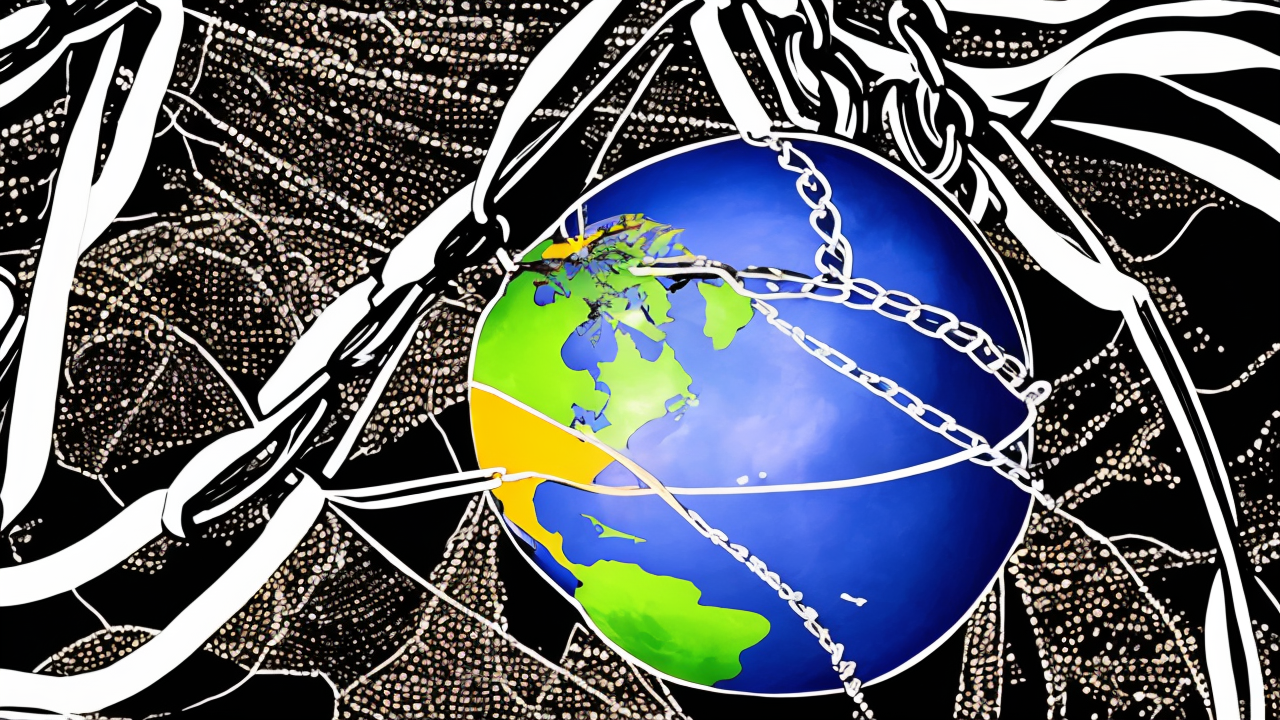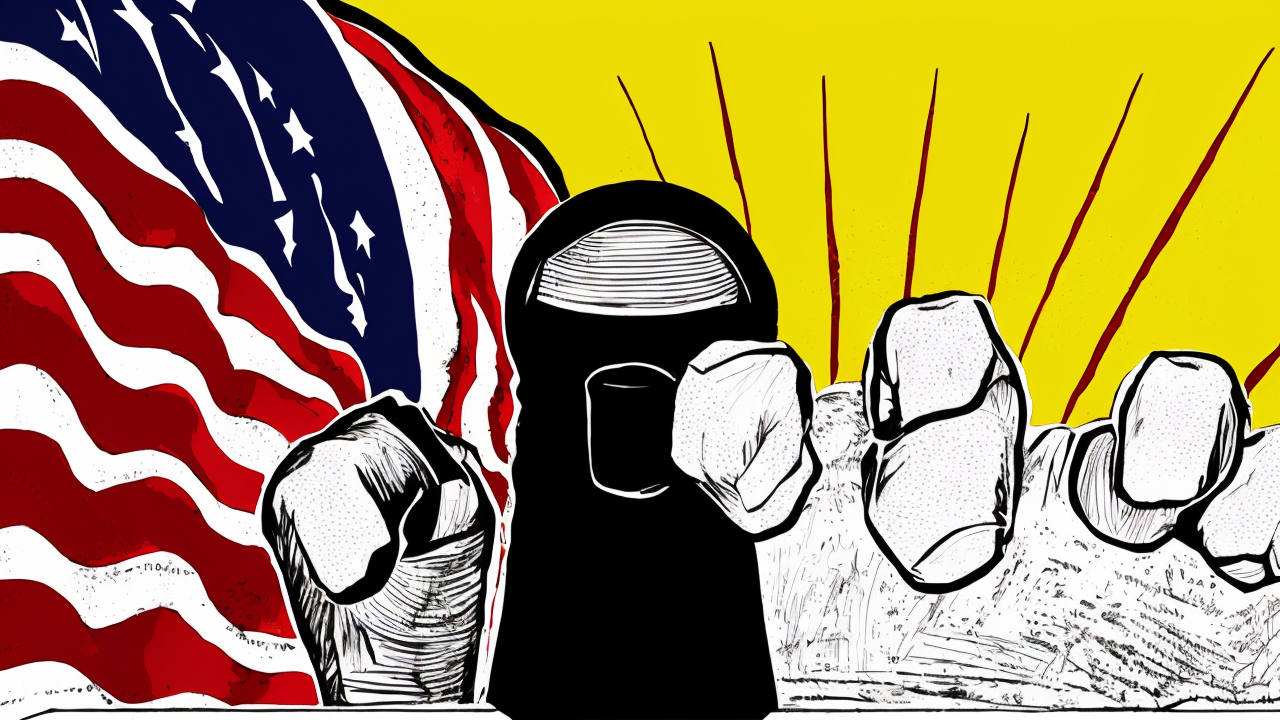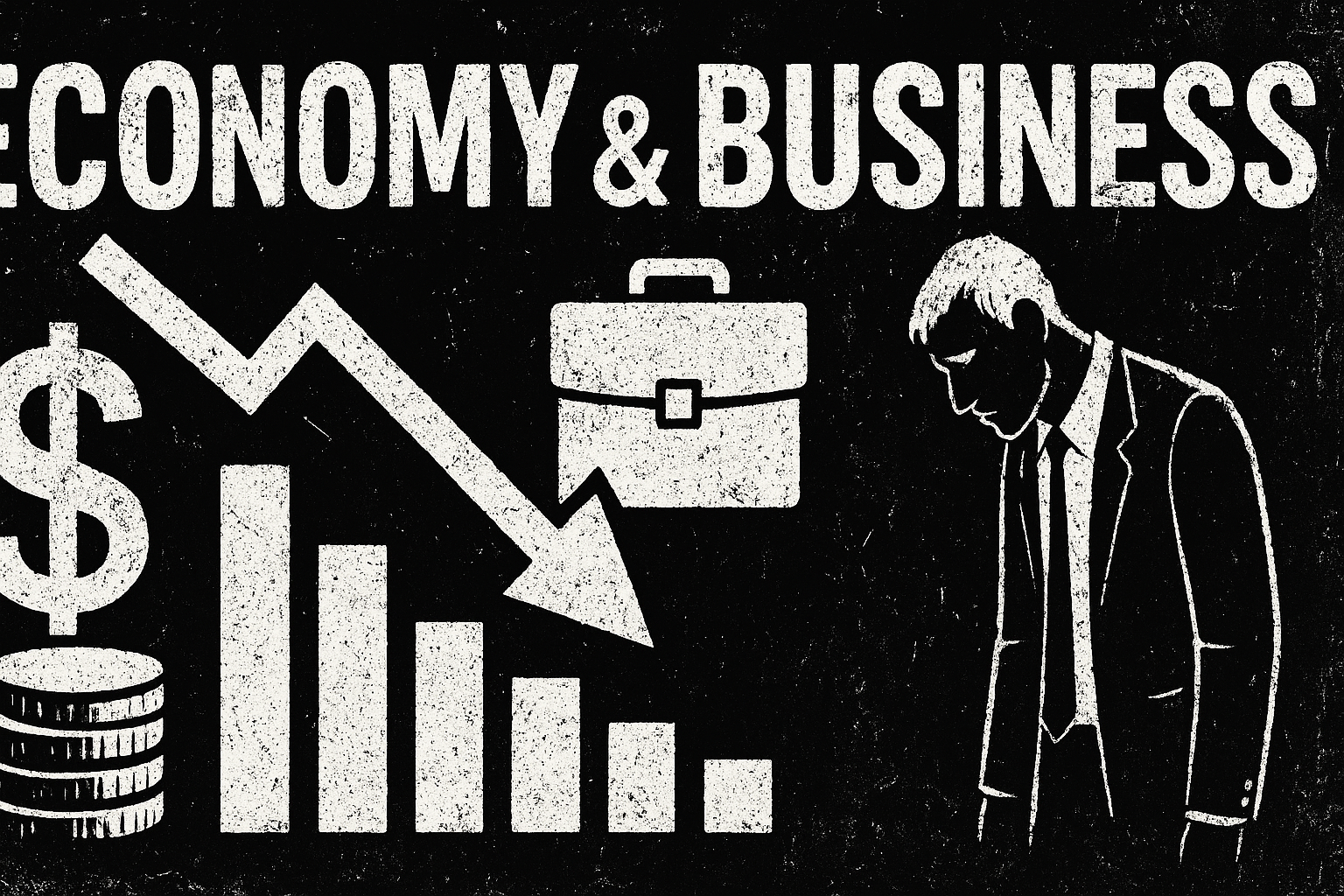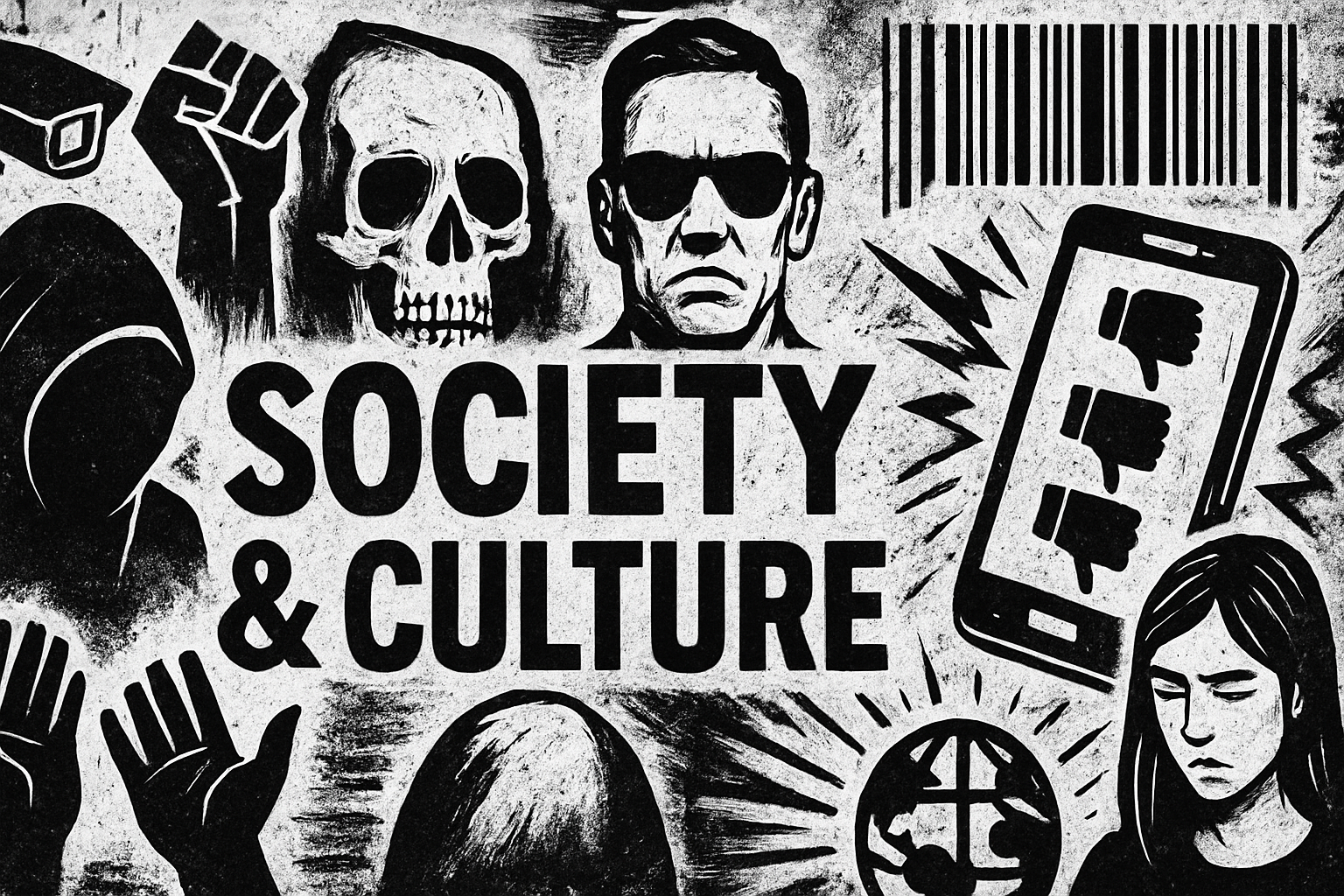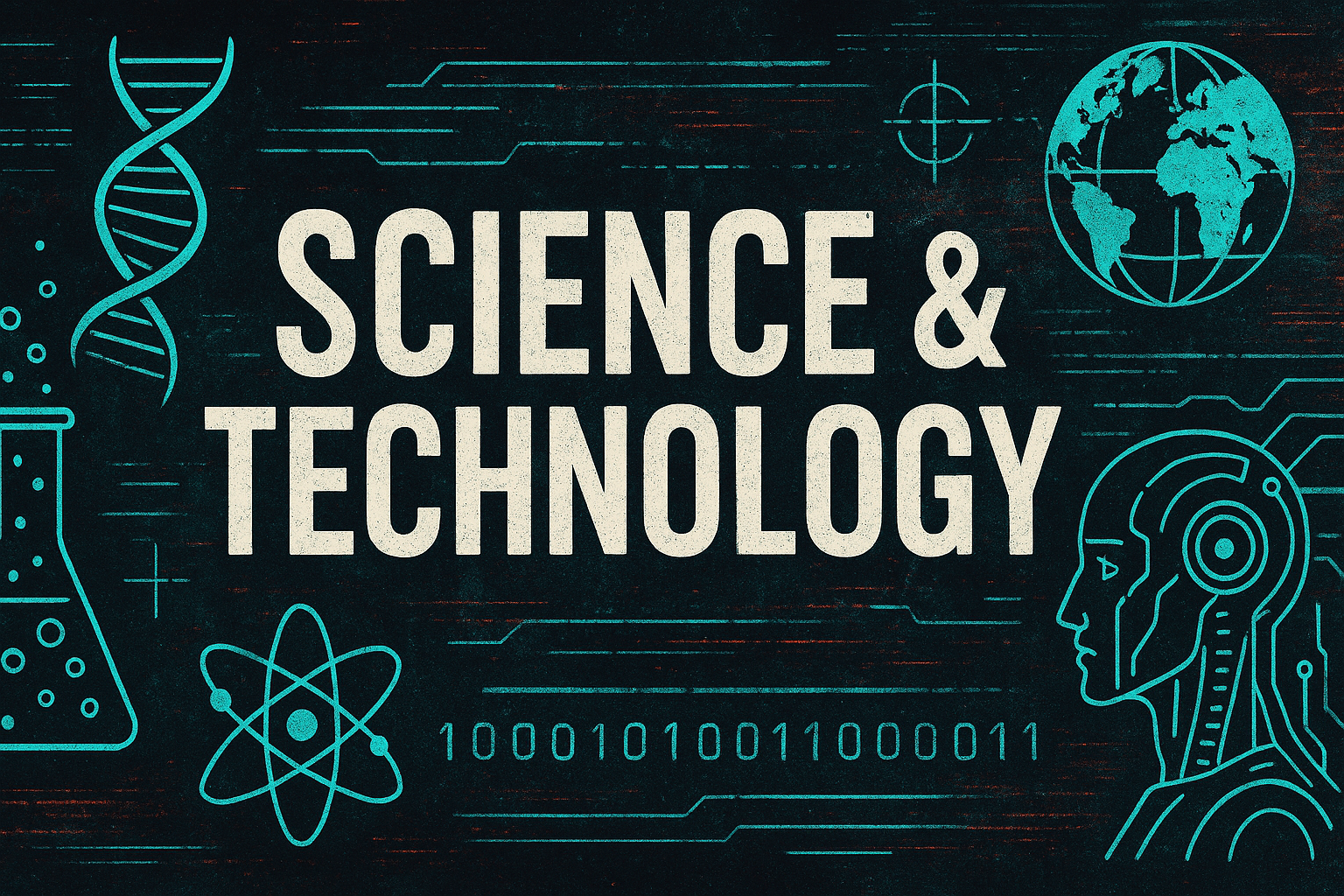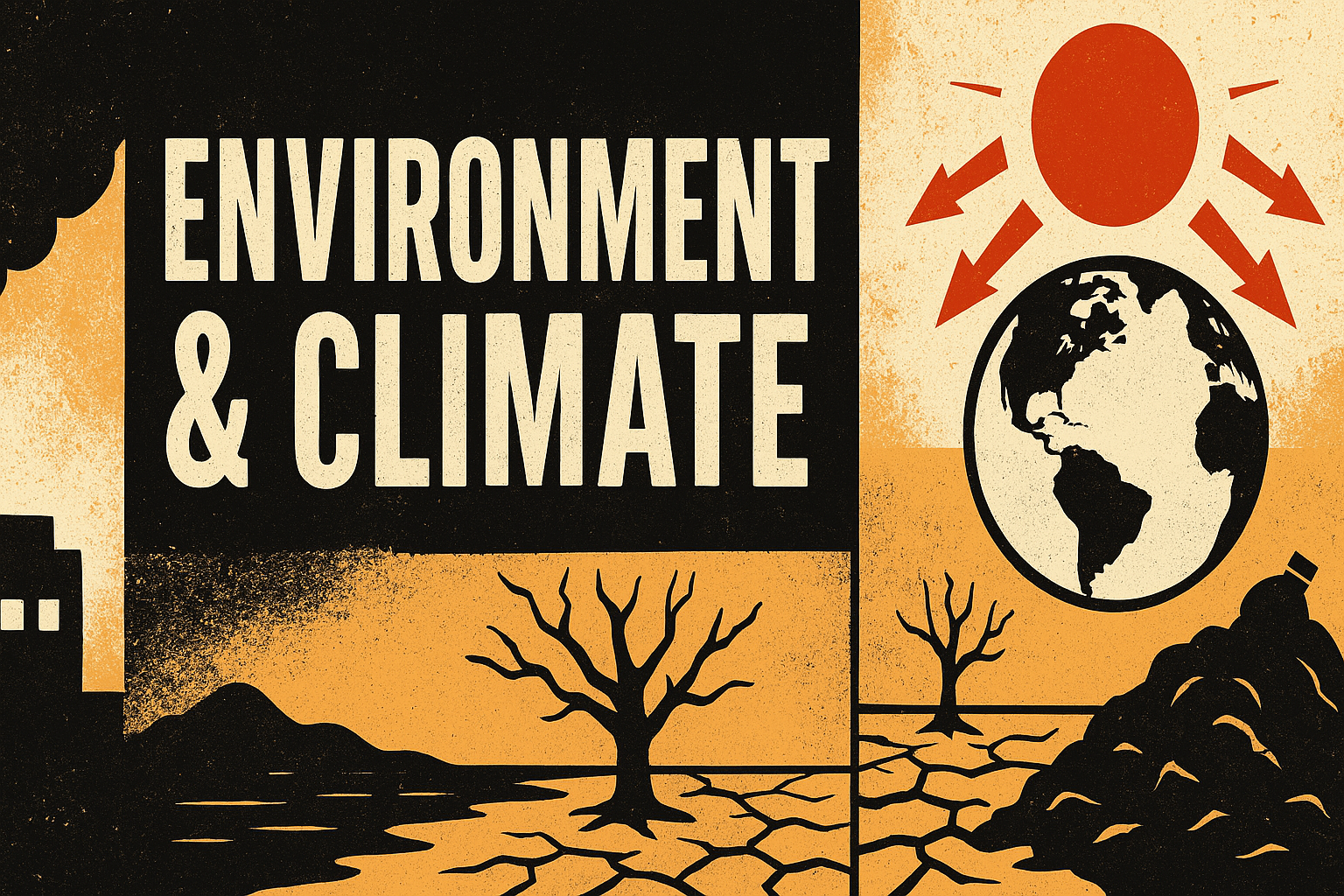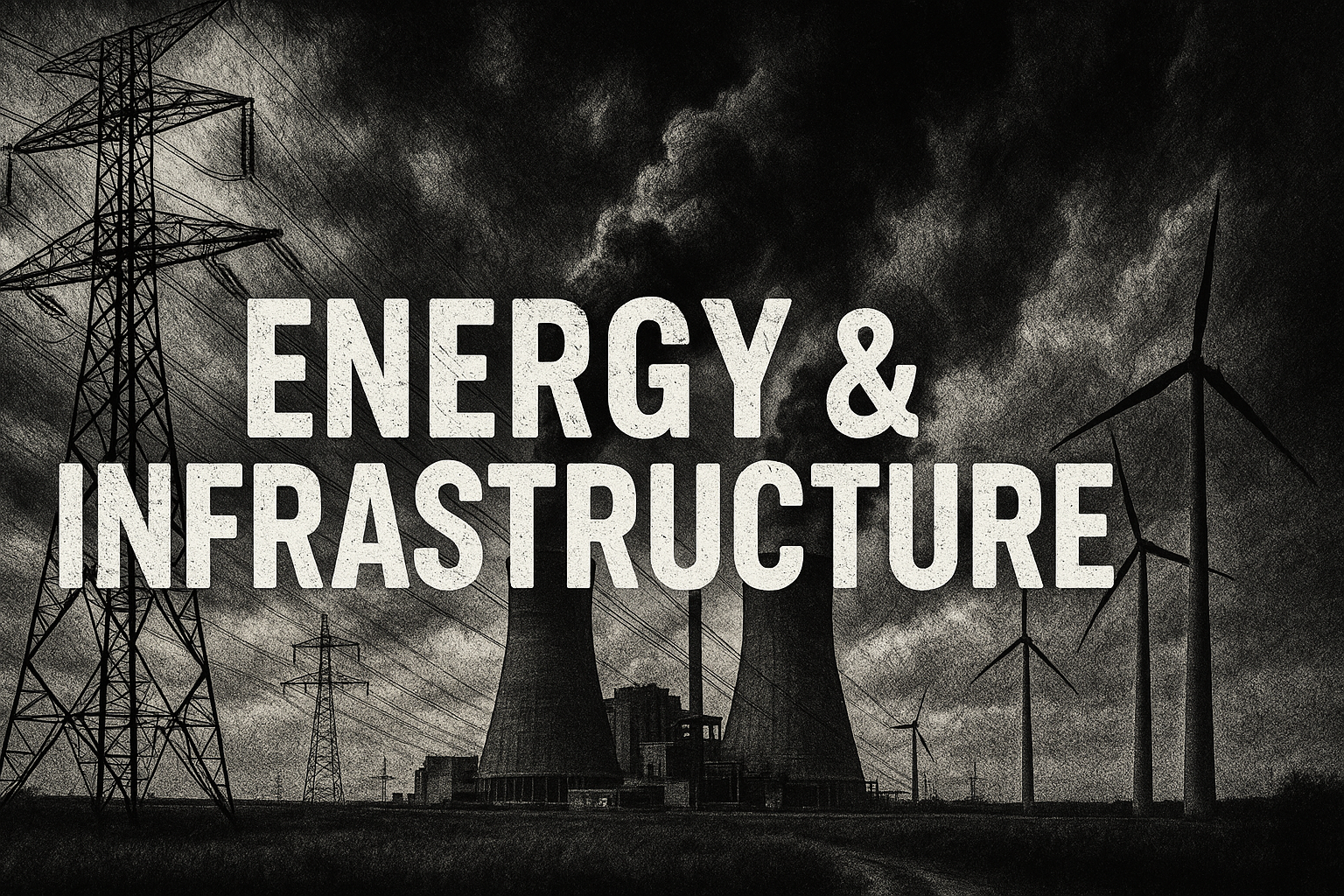The Hidden Threat: China's Grip on America's Solar Infrastructure
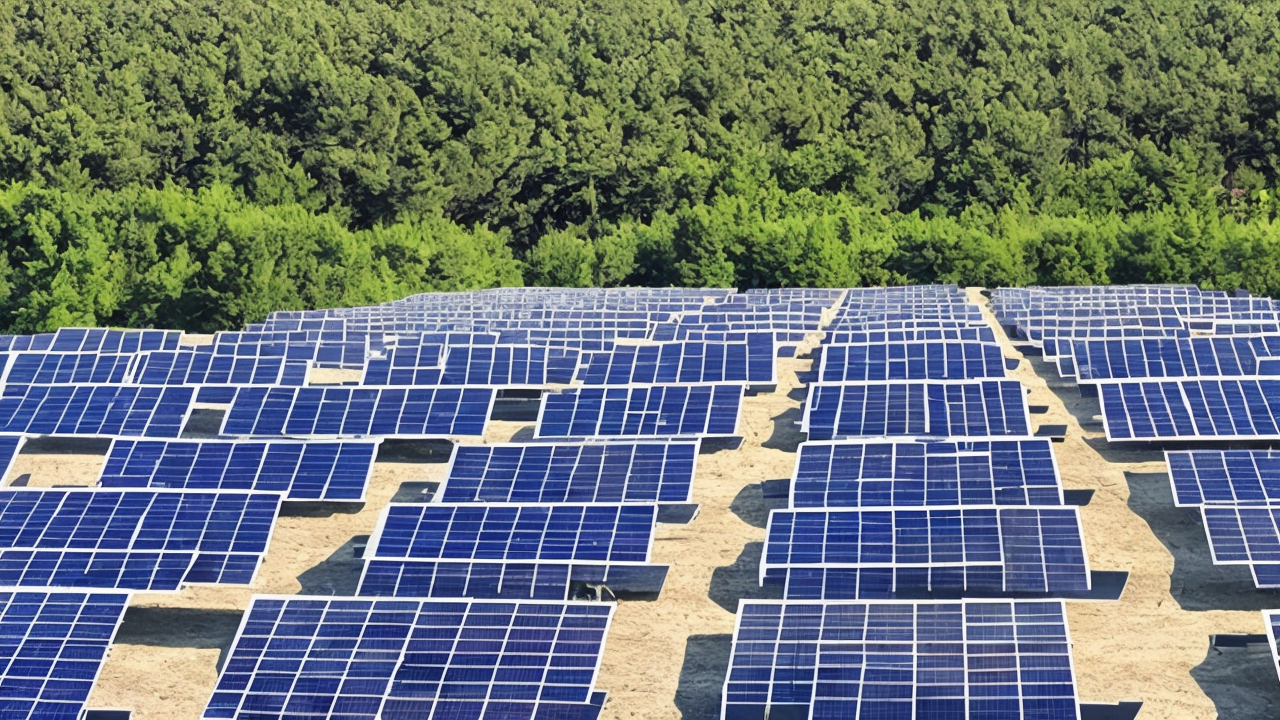
America's rush to adopt solar energy, championed as a path to energy independence, has inadvertently created a vulnerability that could be exploited by China. The nation's solar industry is heavily reliant on Chinese manufacturing, with four out of five solar panels globally produced in China. Even panels labeled "Made in USA" often contain Chinese components, underscoring the dominance of China's supply chain.
The true risk lies not just in the panels themselves but in the inverters that convert solar energy into usable power. These devices, often sourced from China, are connected to the internet, potentially serving as a backdoor for surveillance or sabotage. This infrastructure control mirrors the Huawei situation, where China leverages critical technology for strategic advantage.
The implications are stark. In a geopolitical crisis, China could halt shipments of essential components, crippling America's energy grid. Hospitals, data centers, and water treatment plants could face disruptions, highlighting the fragility of our energy infrastructure. Additionally, compromised inverters could act as weapons, potentially causing widespread blackouts or overloads.
This reliance on China underscores a broader failure to achieve true energy sovereignty. Real independence requires domestic control over the entire supply chain, from mining to manufacturing. Outsourcing these processes to an adversarial nation like China compromises national security.
To safeguard the nation, the US must invest in domestic production and reduce dependence on Chinese technology. Energy sovereignty is not a slogan but a necessity, ensuring that America's critical infrastructure is resilient and secure. Failing to act risks ceding control to a nation hostile to Western values, threatening both security and sovereignty.
Opinion: The Hidden Threat to American Sovereignty
The article "The Hidden Threat: China's Grip on America's Solar Infrastructure" exposes a critical vulnerability that poses a significant risk to our national security and sovereignty. The over-reliance on Chinese manufacturing for solar panels and components, including inverters, creates a dangerous dependency that could be exploited in times of geopolitical tension. This situation underscores the broader failure to achieve true energy independence and highlights the need for a strategic shift in how we approach critical infrastructure.
The reliance on Chinese technology and supply chains not only compromises our energy grid but also threatens our ability to safeguard against potential cyberattacks or disruptions. The fact that even panels labeled "Made in USA" often contain Chinese components reveals a disturbing lack of oversight and accountability. This dependency on an adversarial nation like China weakens our position in the global arena and risks ceding control over critical systems to a regime hostile to Western values.
To address this threat, the United States must prioritize domestic production and invest in building a resilient, self-sufficient supply chain. True energy sovereignty requires control over the entire process, from mining raw materials to manufacturing finished products. This approach not only enhances national security but also supports American workers and industries, fostering economic growth and stability.
The lessons from this situation extend beyond solar energy. The failure to diversify and secure our technological and industrial base sets a dangerous precedent for other sectors. The time to act is now—before it is too late. By taking decisive steps to reduce reliance on Chinese technology and invest in domestic capabilities, we can protect our sovereignty, ensure energy resilience, and safeguard our way of life against external threats.
Published: 8/27/2025




